Complete Industrial Control
SCADA and HMI Programming Services
We specialize in integrating advanced control systems to deliver real-time data visibility and remote monitoring. Your team gains the tools to drive quality, boost efficiency, and respond to changes quickly.
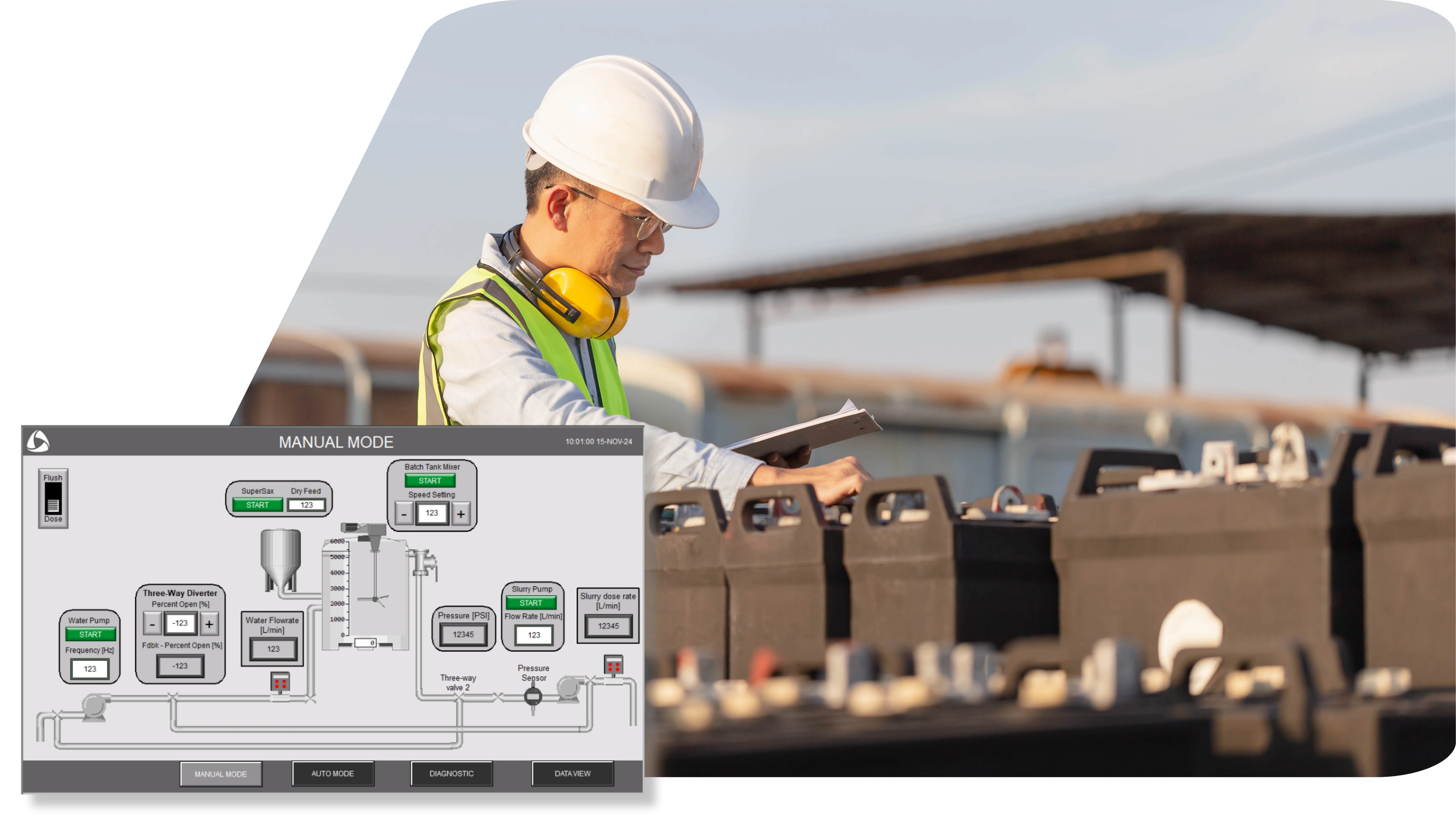
SCADA for Smart & Safe Operations
Our SCADA systems boost productivity, minimize response times, and enable proactive maintenance. With a dedicated Human Machine Interface (HMI), all aspects of your process are right at your fingertips.
01
Predictive Maintenance
02
HMI Interface Development
Intuitive interfaces improve response time to keep operations running smoothly.
03
Remote Monitoring & Control
Eliminate the need for on-site presence with 24/7 remote monitoring.
04
Data Collection & Reporting
Smart decision-making with real-time data collection for actionable results.
05
Alarm & Fault Management
Reduce system downtime and costly disruptions with immediate, prioritized alerts for critical issues.
Driving Performance Across Industries
SCADA programming and HMI systems enhance facility-wide control with real-time data, diagnostics, and predictive maintenance for optimal performance and reliability across operations.
Spot Issues Before Issues Stop You
Bottlenecks restrict production, causing costly delays and reduced quality.
Real-time SCADA pinpoints conveyor slowdowns, temperature spikes, and misalignments early so you can take swift action and keep production on track.
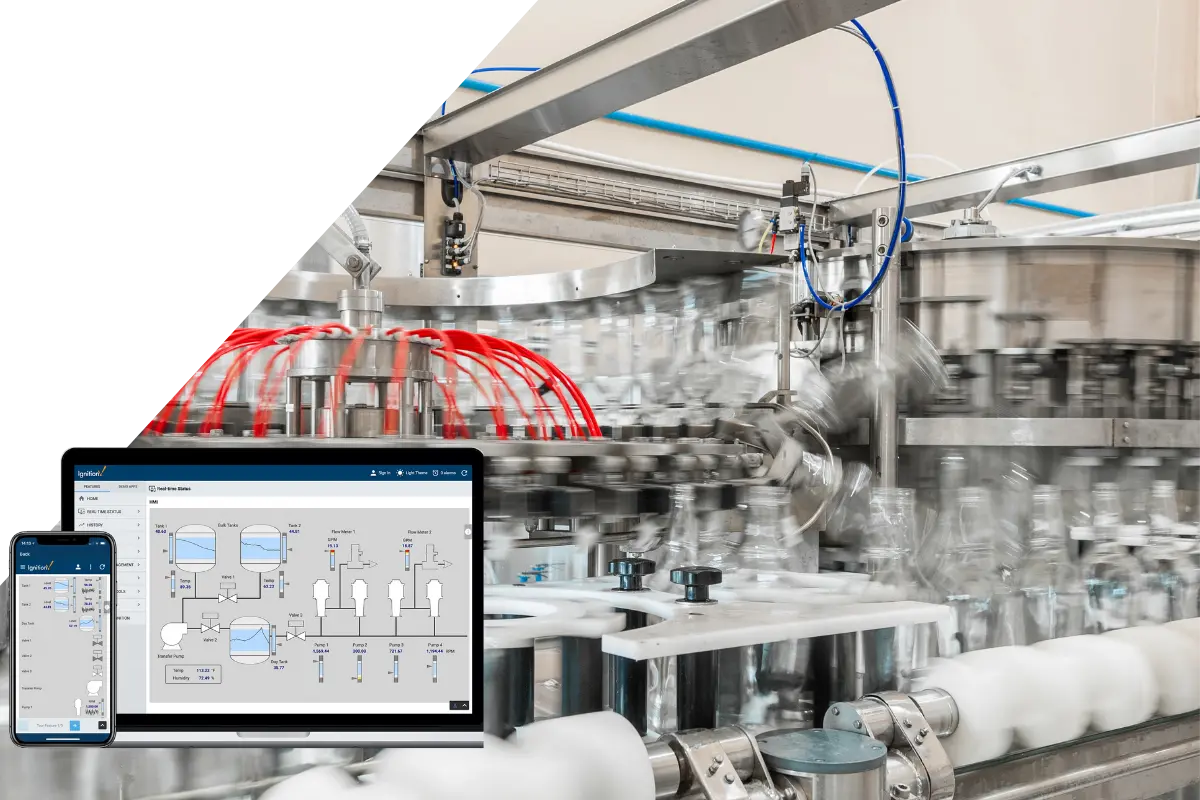
Prevent Power Disruptions

Ensures Reliable Operations

Prevent Costly Spills and Downtime
Equipment malfunctions and pipeline leaks risk environmental damage and can result in hefty fines. Outdated systems leave critical early warning signs unnoticed.
SCADA's 24/7 monitoring allows you identify irregular vibrations, pressure spikes, and wear and tear before it's too late.
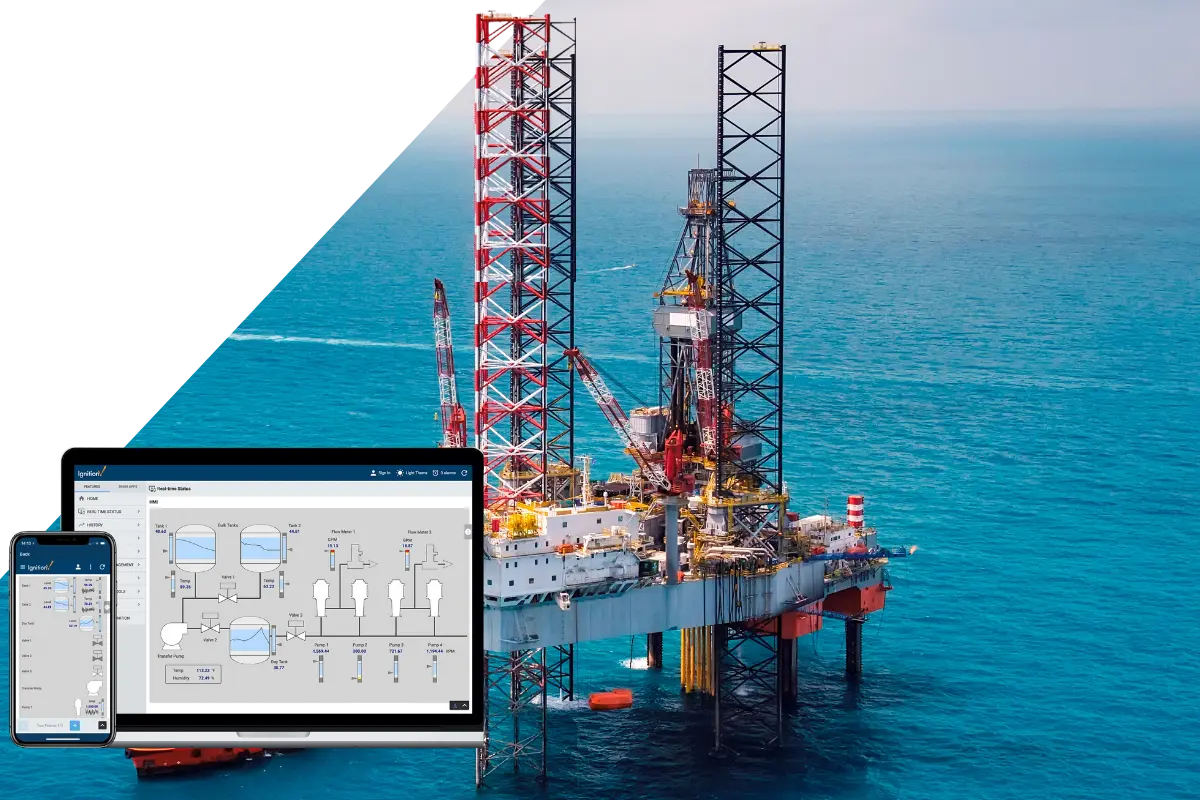
Perfection in Every Batch
Spoiled products and wasted resources erode profits, but SCADA eliminates uncertainty by monitoring temperature, pressure, and humidity in real-time. This ensures every batch meets highest quality standards.
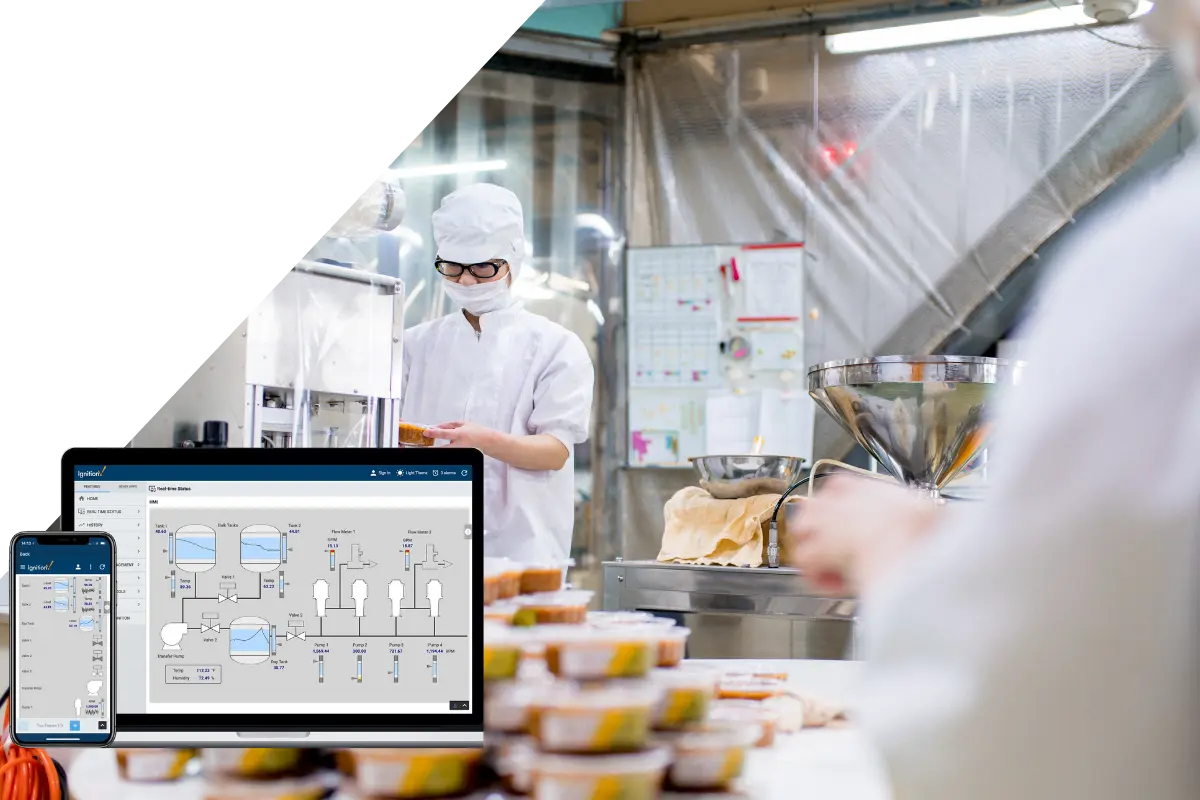
Catch Risks Before They React
Disruptions in chemical processing can compromise safety and compliance, but SCADA dynamically tracks reactor stress, temperature shifts, and flow anomalies to maintain stability and prevent costly risks.
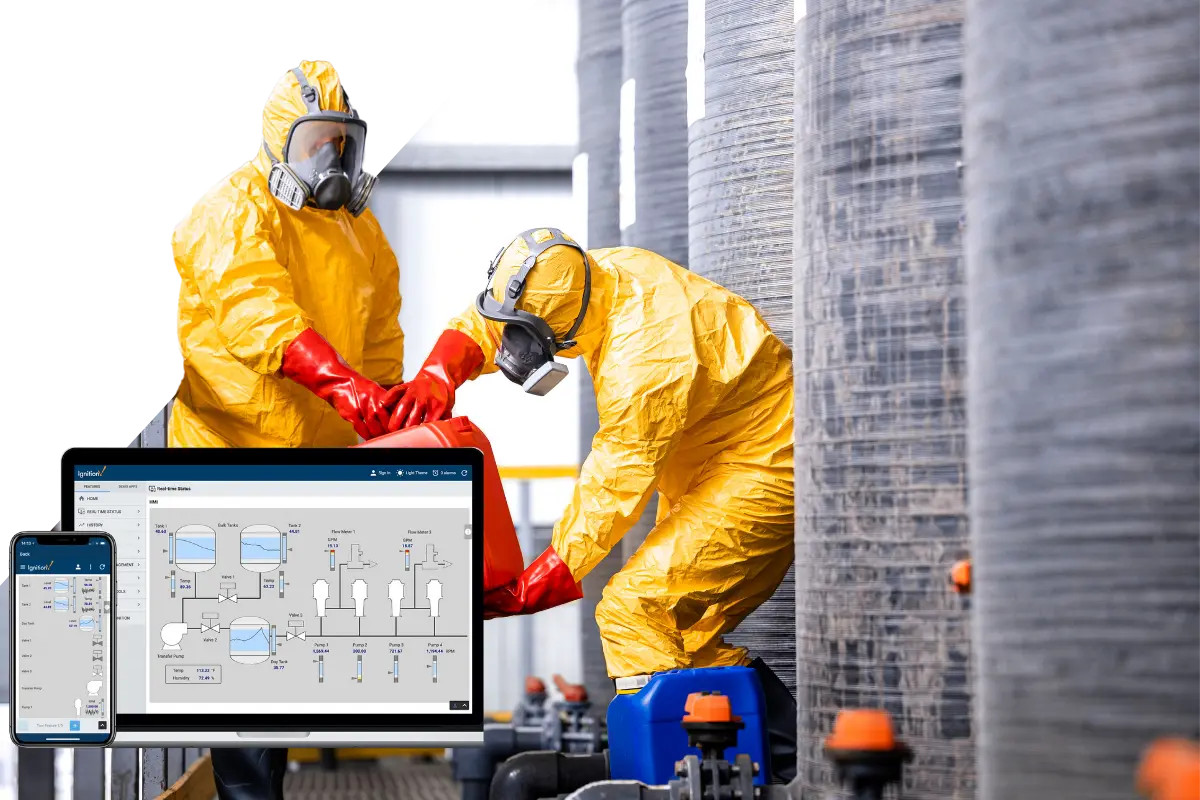
Case Study & Insights
See how leaders use SCADA/HMI to boost efficiency, maintain standards, and drive improvement with real-world examples.
case study
How Surrette Batteries Unlocked Efficiency Through Our Manufacturing Consulting Services
Frequently Asked Questions
What is the difference between SCADA and HMI?
SCADA (Supervisory Control and Data Acquisition) and HMI (Human-Machine Interface) are two different component of accessing your data. They work together in industrial settings, but they have different roles:
- HMI is the user interface—usually a touchscreen or computer screen—where operators interact directly with machinery. The HMI displays real-time information about equipment status, lets operators adjust settings, and provides alerts if something needs attention.
- SCADA, on the other hand, is a broader system that gathers and manages data from multiple machines and sensors across an entire facility. It allows operators to monitor and control all connected devices and equipment from a centralized location. SCADA systems provide analytics, report trends, and help optimize processes across the whole operation.
In essence, HMI is the control panel for a single machine, while SCADA is the management system that oversees all machines in a network. HMI is about user interaction with one device, while SCADA focuses on data acquisition and control across the facility.
How do I determine whether SCADA or HMI is the right solution for my plant?
Choosing between SCADA and HMI for your plant often boils down to your operational scale and needs. Are you managing one machine or overseeing multiple machines across a facility?
If your focus is on individual equipment, HMI is the way to go. For instance, in a bottling plant, an HMI can allow operators to control conveyor speeds and monitor real-time filling levels directly on the production floor.
For larger operations, SCADA offers a broader perspective. It connects multiple machines, systems, or even sites, enabling centralized monitoring, remote access, and data-driven decisions.
For example, a utility provider might use SCADA to monitor power distribution across multiple substations, spotting outages and making adjustments remotely to prevent downtime.
What is the Expected ROI of Implementing a SCADA or HMI System?
Which SCADA/HMI software platforms does your team specialize in?
Our team specializes in a wide range of HMI and SCADA software platforms to cater to diverse industry needs. Here's a breakdown:
Supported HMI Software Platforms
| Manufacturer | HMI Software |
|---|---|
| Siemens | WinCC Basic/Comfort/Advanced, WinCC Professional, WinCC Flex, ProTool |
| Allen-Bradley/Rockwell | PanelView, FactoryTalk View ME |
| Beckhoff | TwinCAT 3 HMI |
| Microsoft | ASP.NET, ASP.NET MVC, C#, Visual Basic, Windows XP Embedded, Windows CE |
| National Instruments | LabVIEW |
| Beijer | Cimrex, Information Designer |
| ESA Technology | Eason, VT & ET Terminals, WinBuild, Polymath |
| Maple Systems | WebStudio, EZware |
| Horner Automation Group | OCS, Cscape |
| Phoenix Contact | Think & Do, Steeplechase VLC |
Supported SCADA Software Platforms
| Manufacturer | SCADA Software |
|---|---|
| Siemens | WinCC Professional, WinCC 7.x, WinCC OA (Open Architecture) |
| Allen-Bradley/Rockwell | RSView, FactoryTalk View SE |
| Inductive Automation | Ignition |
| Wonderware | ArchestrA, InTouch |
| ICONICS | Genesis32, Genesis64 |
| National Instruments | Lookout |
| Citect (now Schneider Electric) | CitectHMI, CitectSCADA |
| Elutions | AEM, ALERT, ControlMaestro, Wizcon Supervisor |
What level of customization is possible in the HMI interfaces?
We offer full customization of HMI interfaces, from tailored dashboards and data displays to specific alarms and controls. Interfaces are built to match your team's exact workflow and can adapt as your facility's needs evolve.
Does your solution meet required industry standards and ensure compliance?
What is the timeline for SCADA or HMI implementation?
Timelines vary based on complexity, ranging from 3-6 months, though some client projects have spanned up to a year. After an initial assessment, we provide a clear schedule with defined milestones.
What training do you offer to ensure our team can operate and maintain the system?
We provide customized training sessions—available on-site or online—that cover essential aspects of system operation, troubleshooting, and routine maintenance. Our modules are designed to accommodate varying skill levels, ensuring each team member gains confidence and competence with the new SCADA system.
Additionally, we offer refresher courses and comprehensive operation manuals to keep skills sharp and updated as systems evolve.